Hello Hivers and friends! Today I continue where I left off previously. If you didn't get a chance to read part I, click here. Let's get on with it.

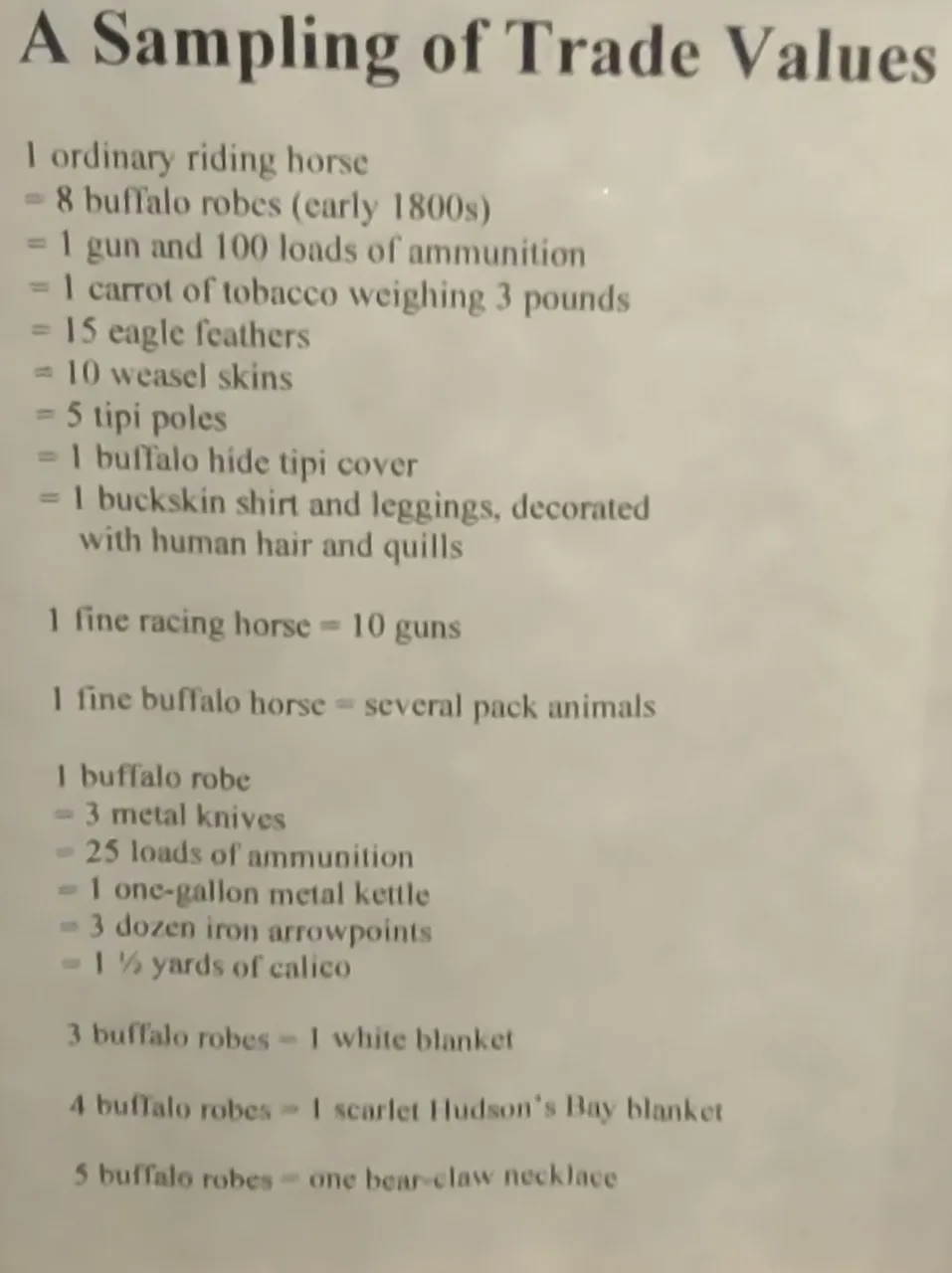
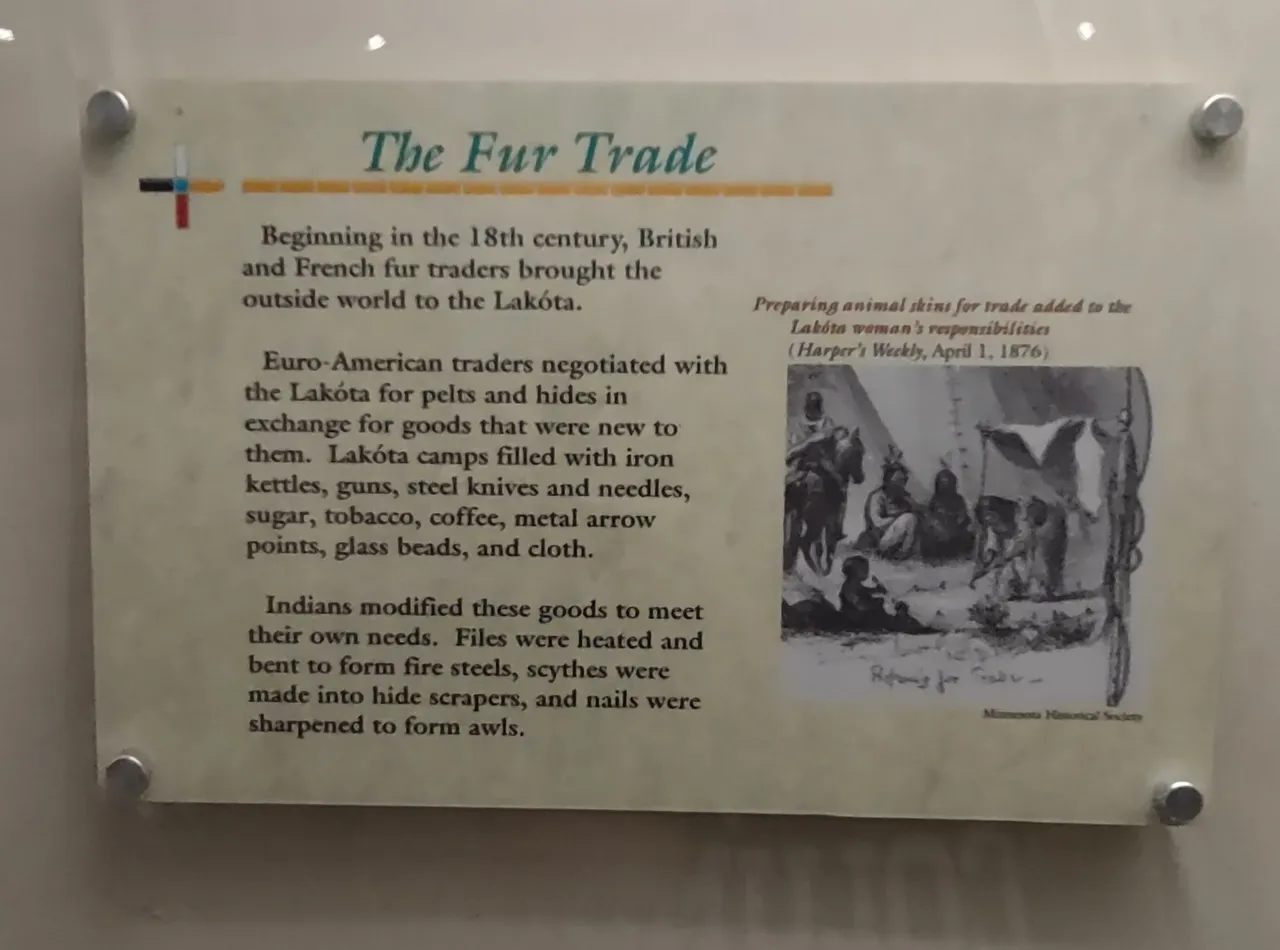
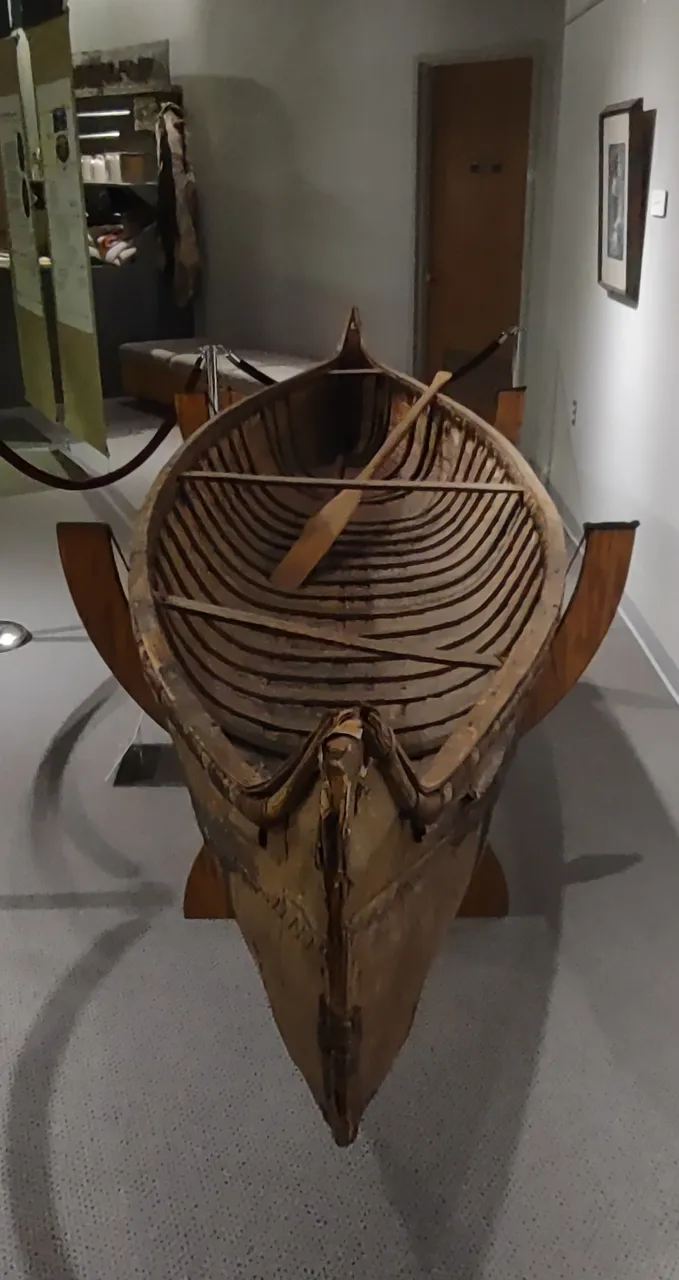
Trading was not a new thing to the Native people. There were trade routes between the various tribes. After all being separated even a few hundred miles away didn't mean everything was the same. Different tribes had different materials to trade.
Now with Europeans being involved in trading with them they traded to obtain items they didn't have the means of obtaining. Now they had access to things that contained iron. This included guns, blades, and lots of others. Now they didn't necessarily use them all for the European purposes. They modified them for their uses. Sometimes incorporated their cultures designs on them.
One of the staple pieces in this museum is an authentic canoe which is dated back to 1870. I very much believe goods would have traveled on this canoe. The canoe is over 150 years old but built tough with both wood and reinforced with animal hide. I bet it would still float today.

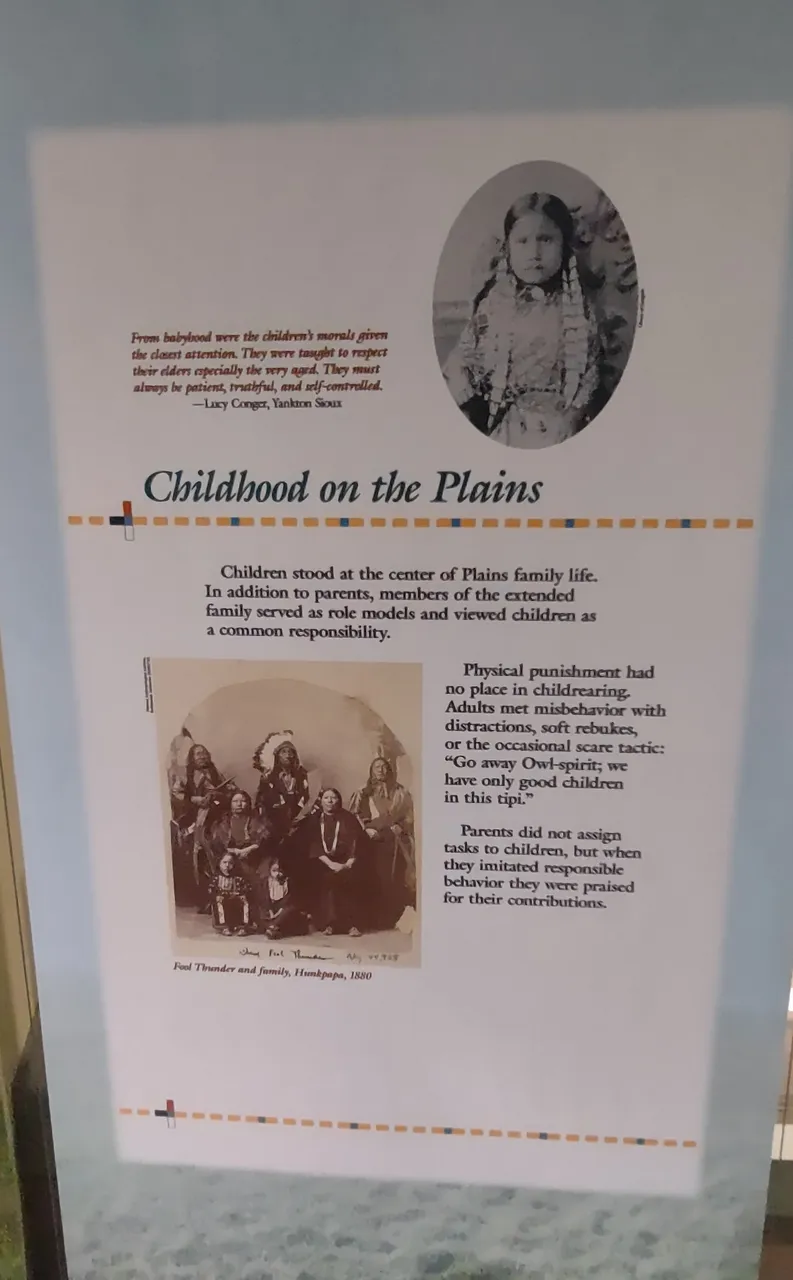

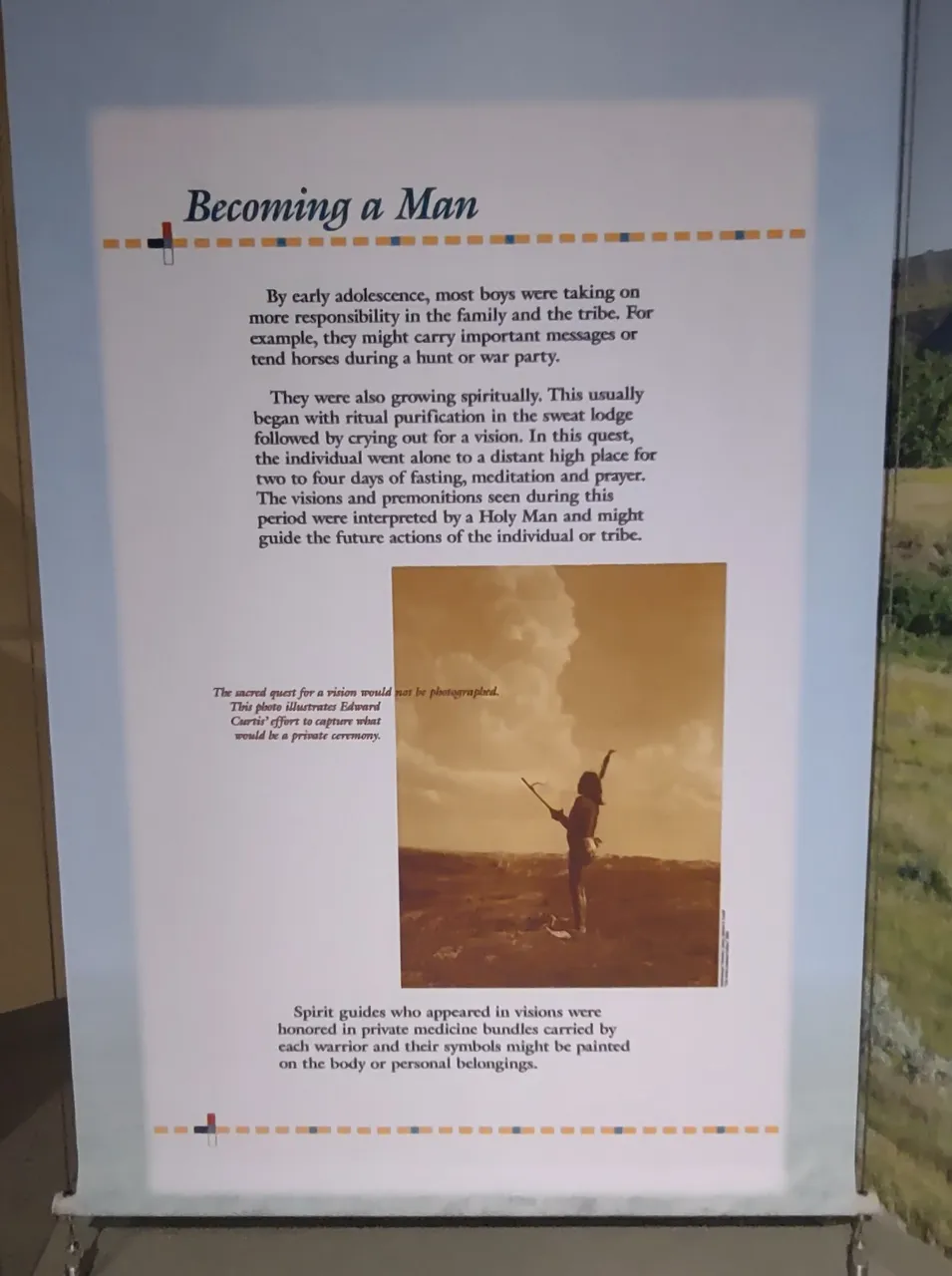
Like other cultures the Lakota take to the sky to create their year. It is interesting they use moon phases of the night skies. The things that they show sacred are vital to their way of living.
For children no chores are assigned and no punishments giving. When they become of age and try to do tasks on their own they are praised for it. Just a few simple rules respect your elders especially the really aged ones. Also they are taught early to be patient, truthful, and self controlled. Parenting seems simple and easy. I would say not having influences from the outside world may have made this easier.
Becoming a women, a girl spent much time with her mother and other female members. Girls would duplicate work their mothers did in a small scale by playing. Skills were practiced and learned that eventually became the skills of a women. Women did a lot of things for the tribe. The tipi was completely the women's domain. Not only did they keep order of it they set it up and moved it when necessary. When the men had an animal kill the women moved it and did a lot of the processing. Once a girl became a women, the family would acknowledge it with a ceremony and feast led by a holy man.
Becoming a man, boys who reached adolescence started to take in more responsibility. One of things they may have did was tending to care horses preparing them for hunts or a war party. A big thing was moving along spiritually. At first a ritual purification took place in a sweat lodge to bring on what is called a crying for a vision.That vision involved the boy going out to a distant high place by himself performing fasting, meditating, and praying. Once he returned the visions were interpreted by a holy man. This vision may be a guide to what actions he takes for himself or the tribe. Now if spirit guides were in his vision the soon to be warrior would carry certain things and/or paint related symbols in his personal belongings.
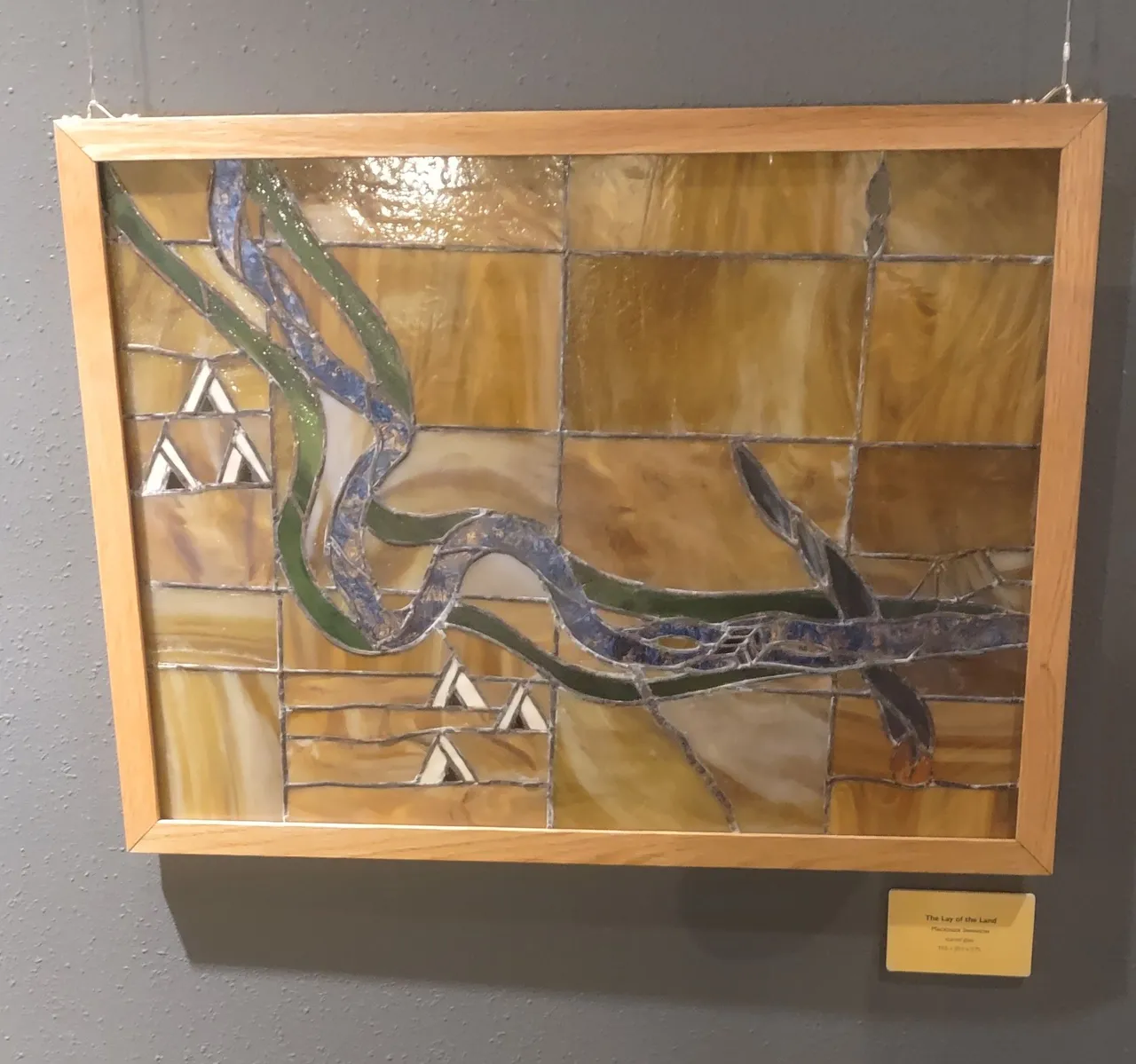
The Lay of the Land
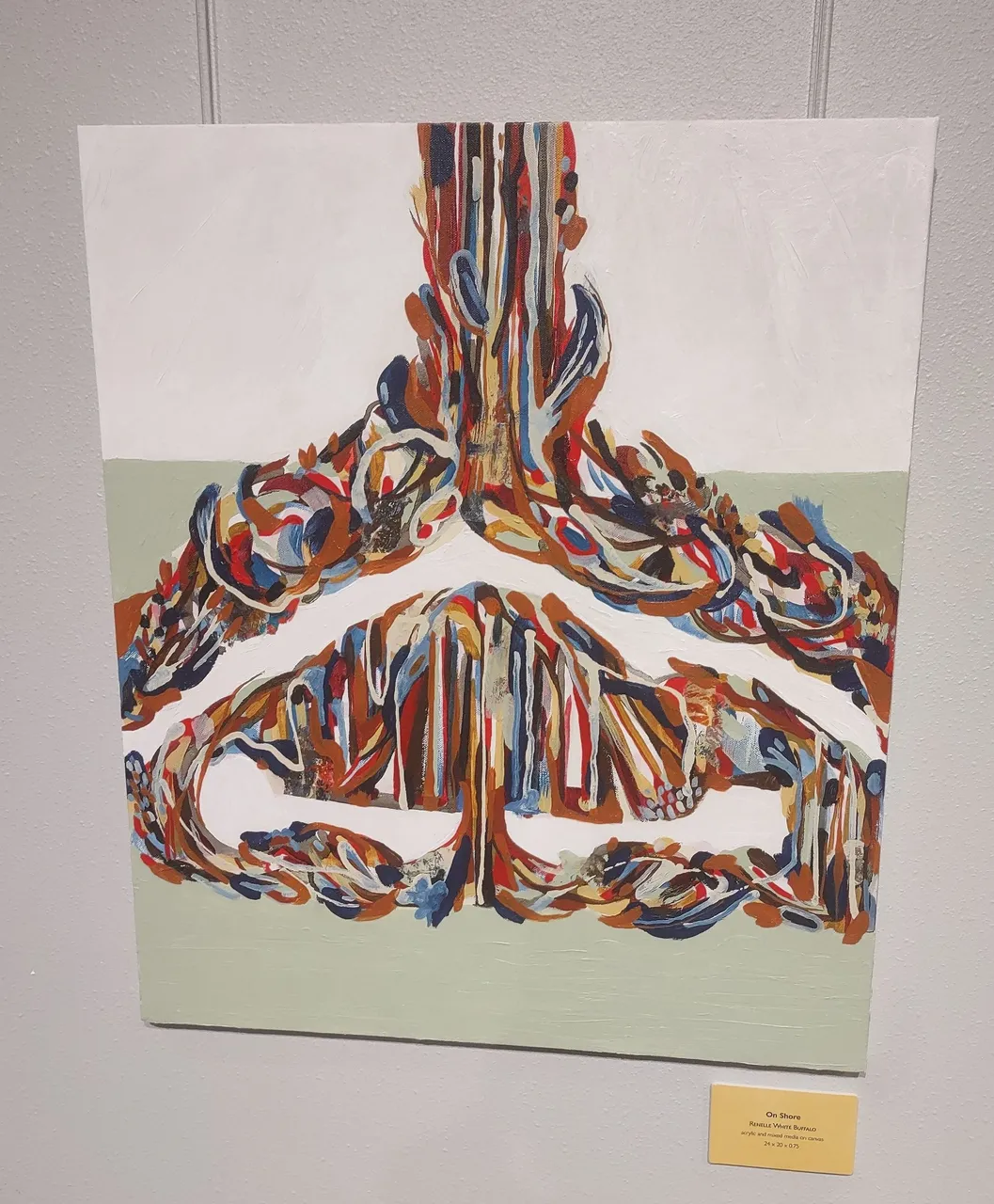
On Shore

Solidarity
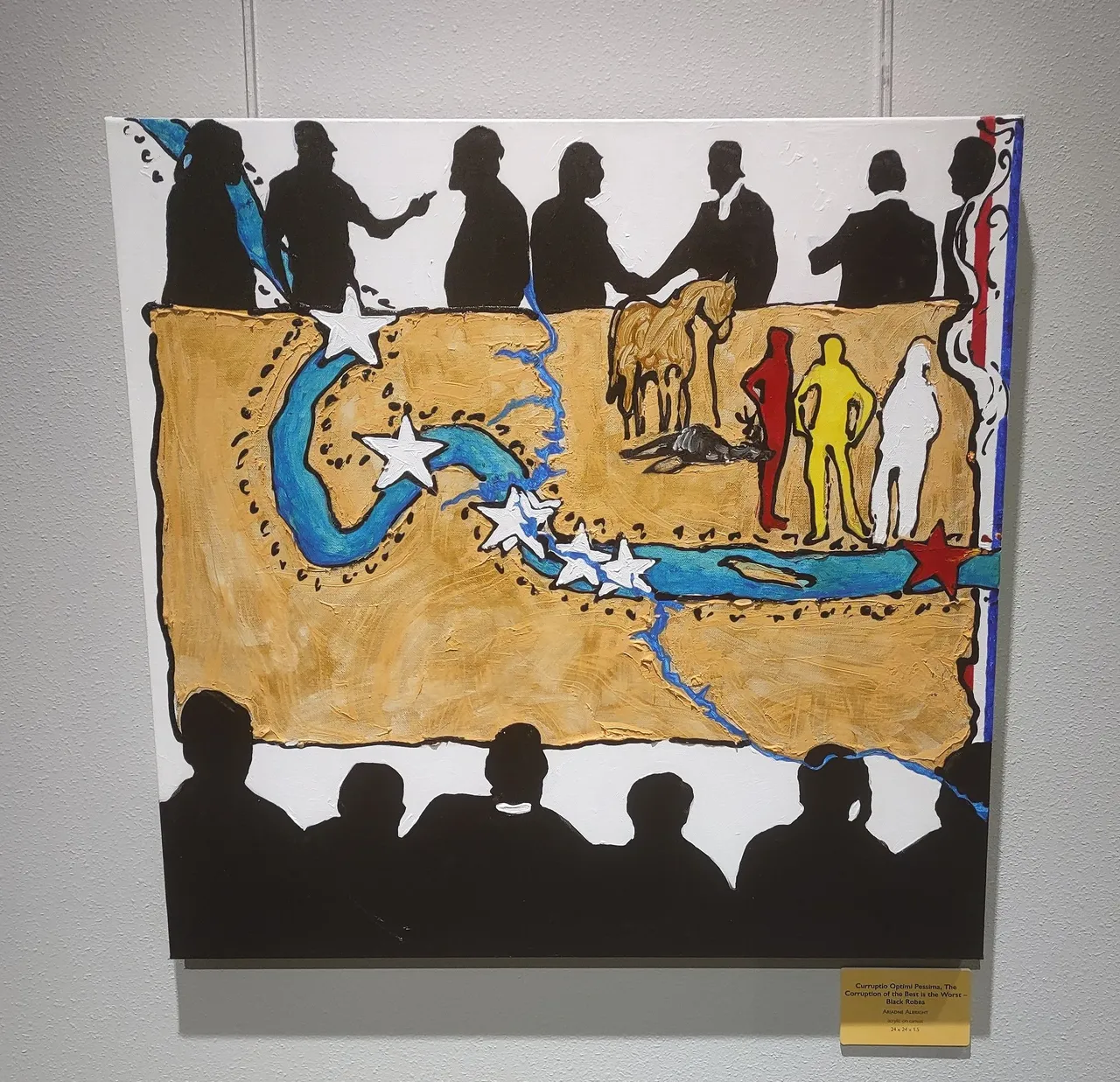
Currrupitio Optimi Pessimal
The Corruption of the Best is the Worst-Black Robes
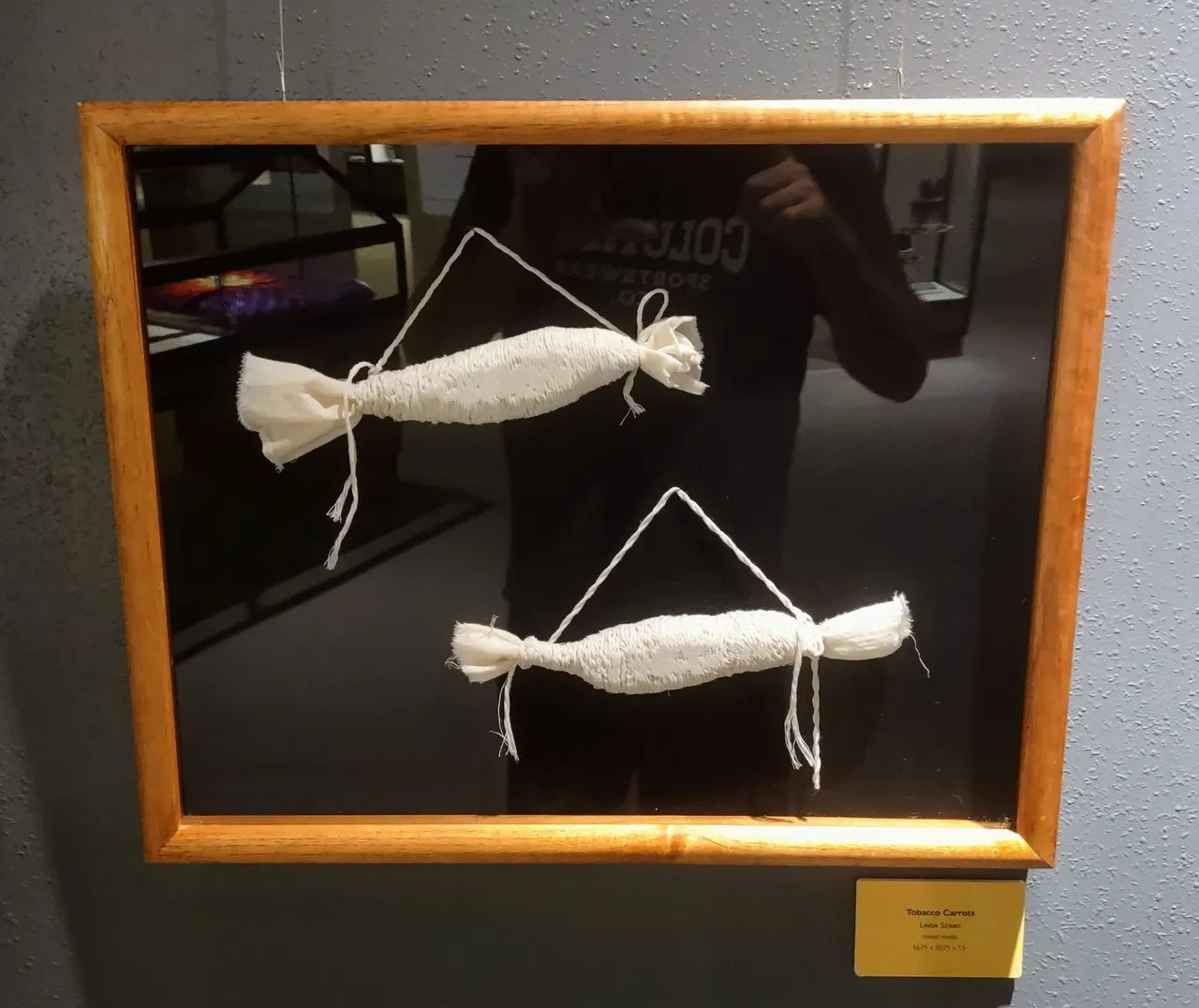
Tobbaco Carrots
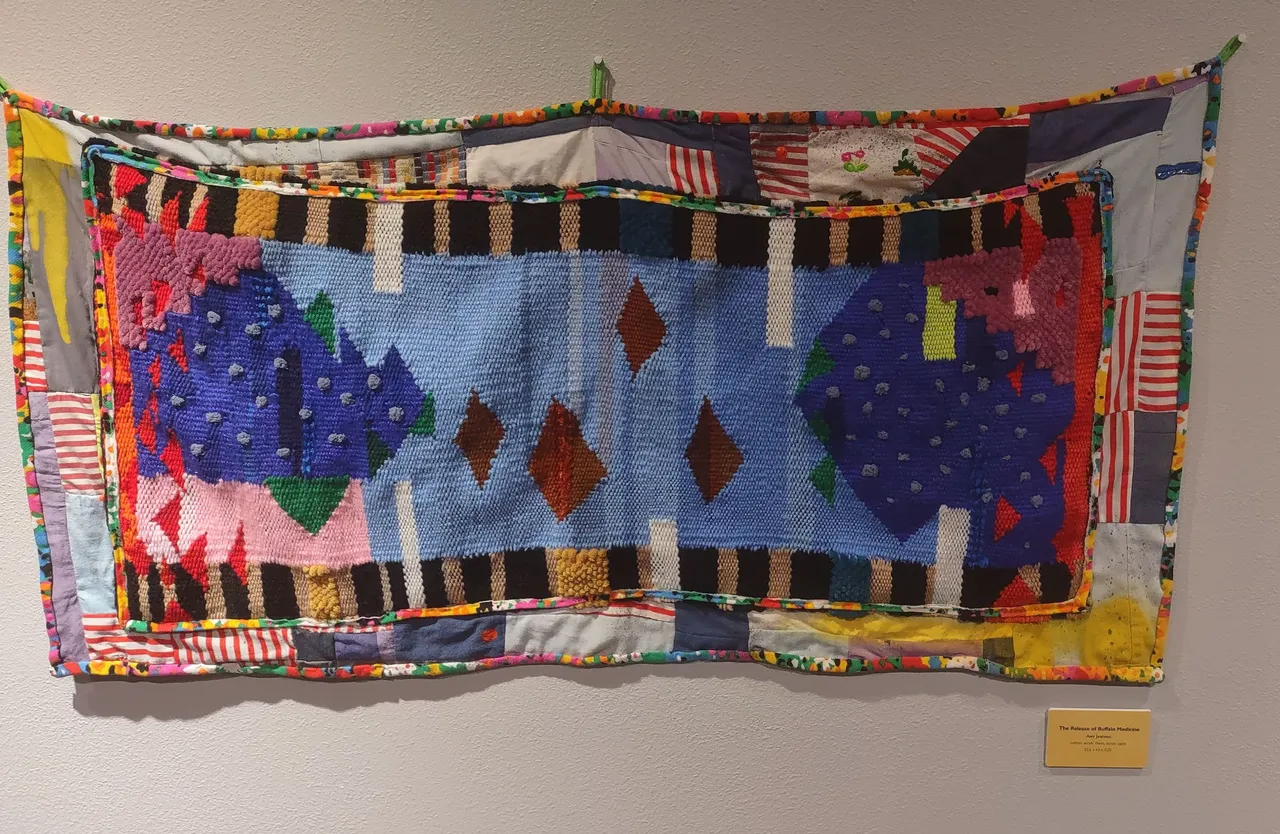
The Release of Buffalo Medicine
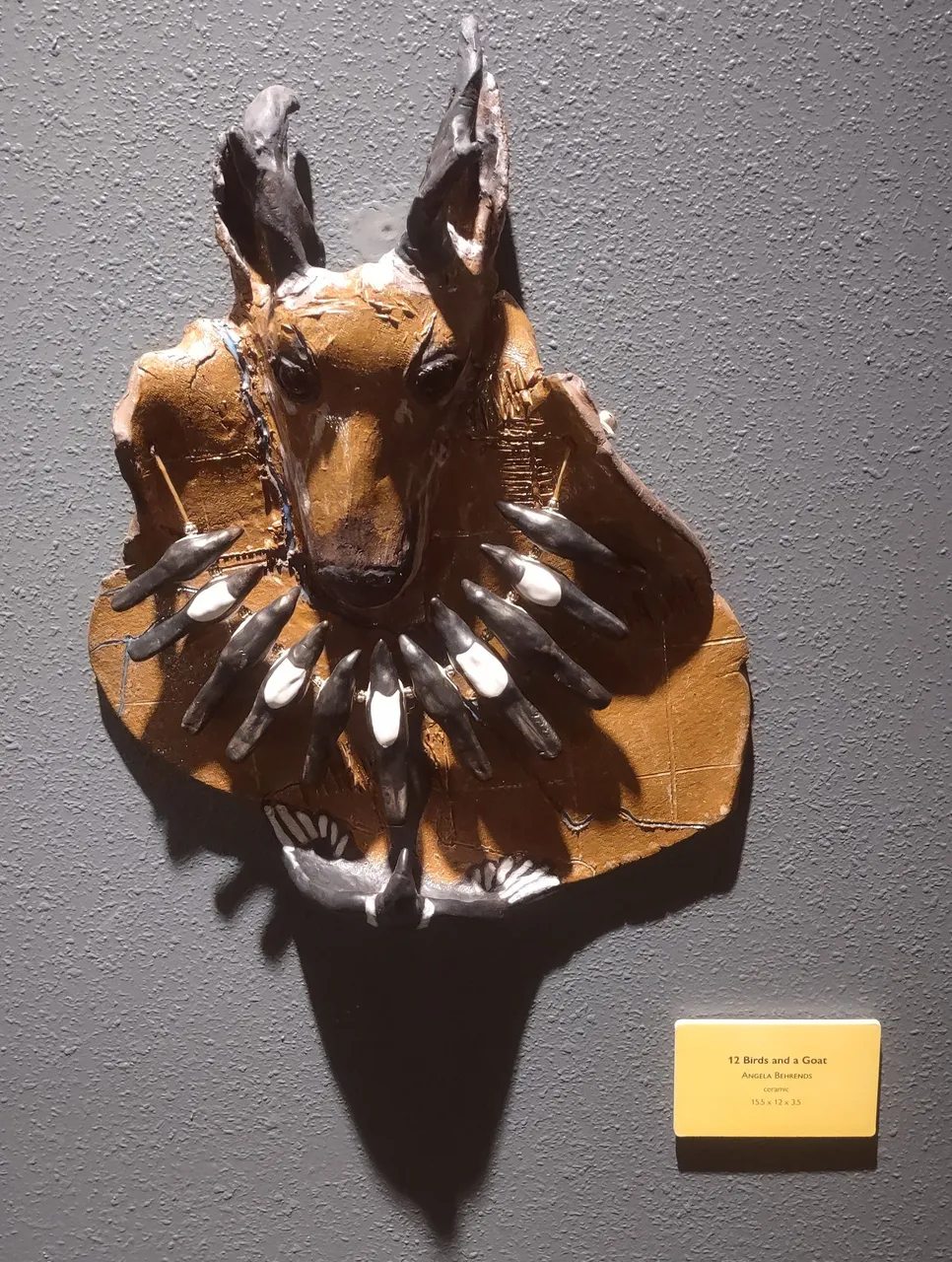
12 Birds and A Goat

September 30th Dark Waters
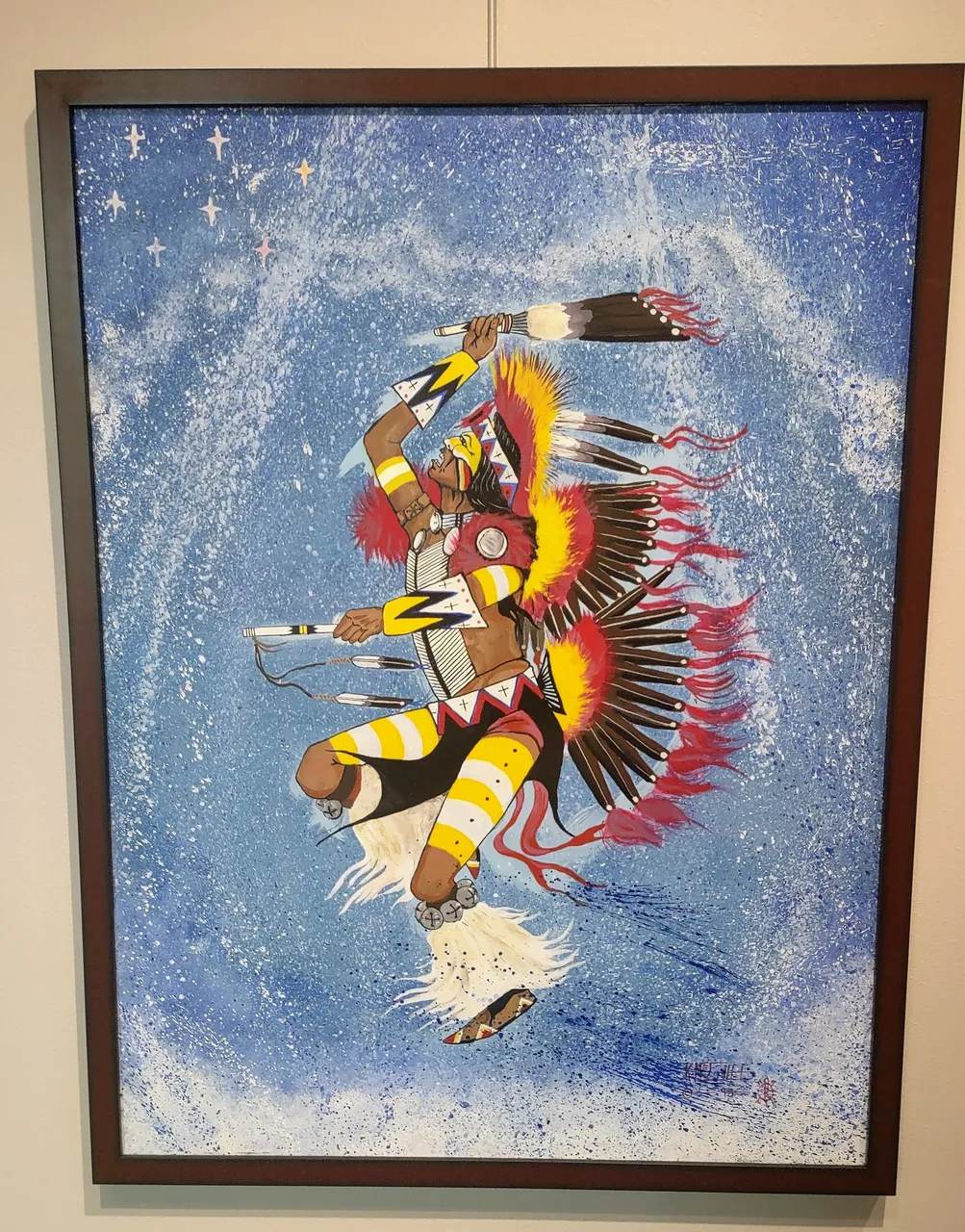
Untitled
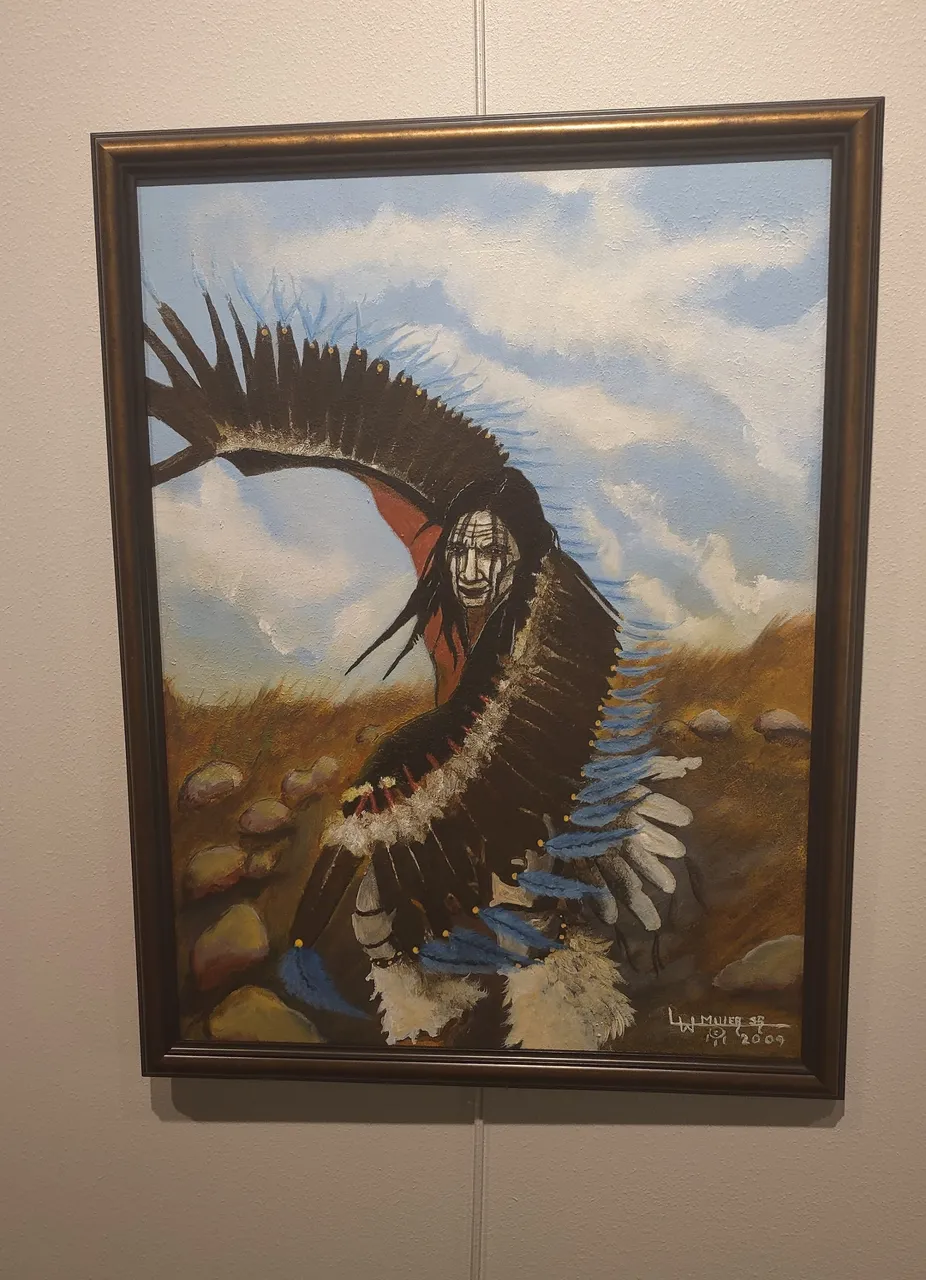
Untitled
Don't for a second think these people have no artistic skills. Many of these artworks above were done from students (active & former)of an all Native Indigenous School on the same premises as this museum. Doesn't this artwork show some interesting subject matter? Some show ideals well some show a time in the past. To the most part these are just paintings. There real art is there resourcefulness in their clothes, shoes, blankets, jewelry, and other cultural things with their unique designs.
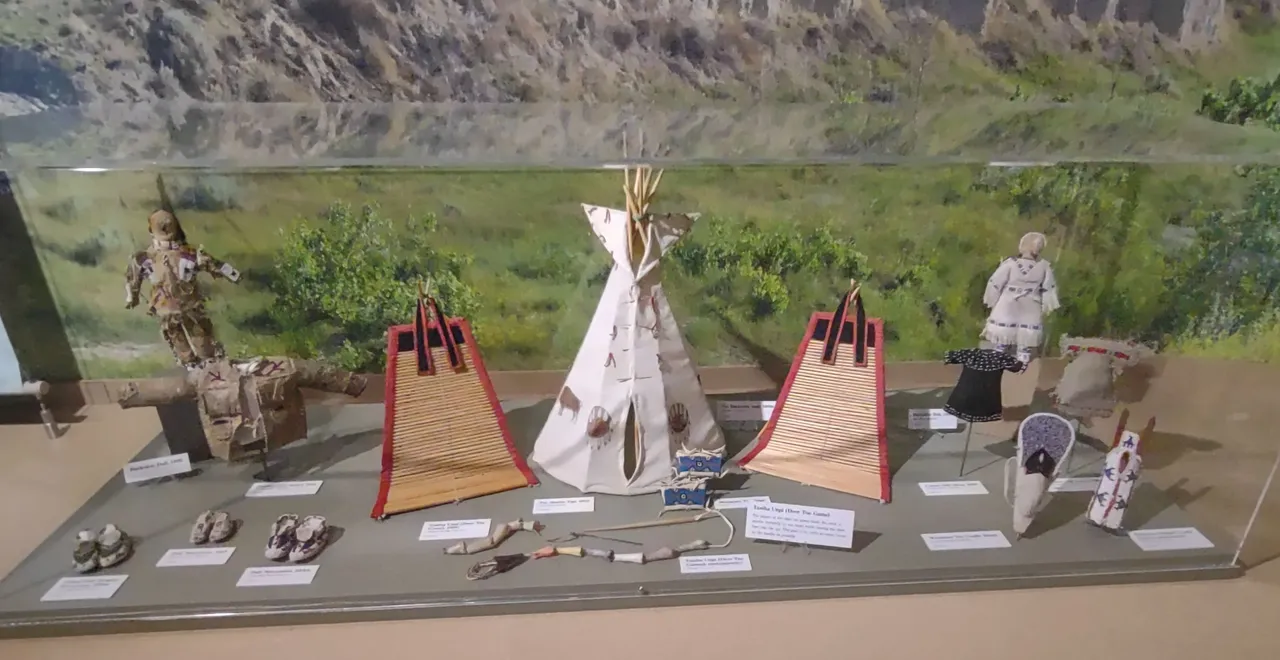
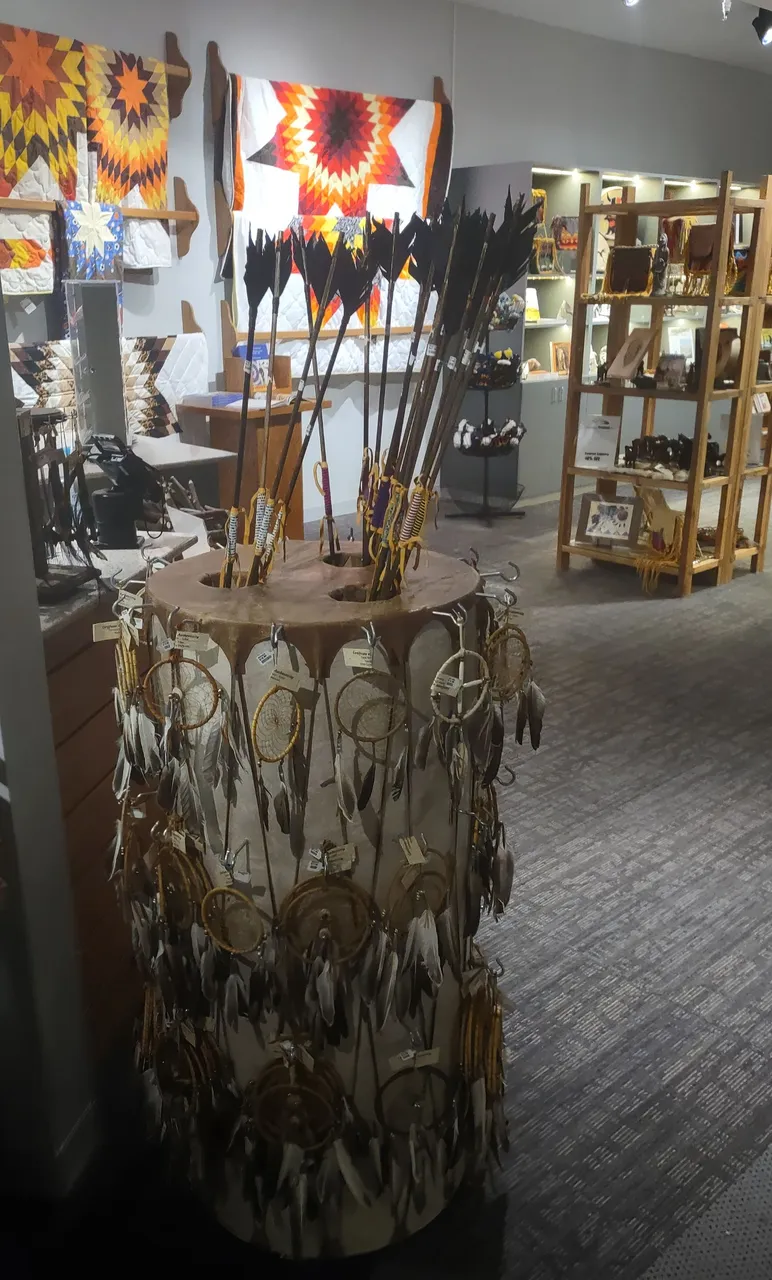
To this day they still create things from the raw materials from the land. Of course some modern day materials are used as well. I made a mistake by not taking more pictures of the gift shop. They had some cool rock and bone necklaces that were made locally. Maybe the $70 price tag made my camera shy. What a lot of people have around here is dream catchers. I have one myself hanging near my bed. The webbing catches the bad energy while the small hole allows good energy to flow through it.


Above is some modern day clothing well in the last 50 years or so. Doesn't matter what culture your in the clothes for the young are too cute 😊
The second photo is a bunch of moccasins small and large. They could be simple with just the natural look but are not. The colors and designs give them a much better look.
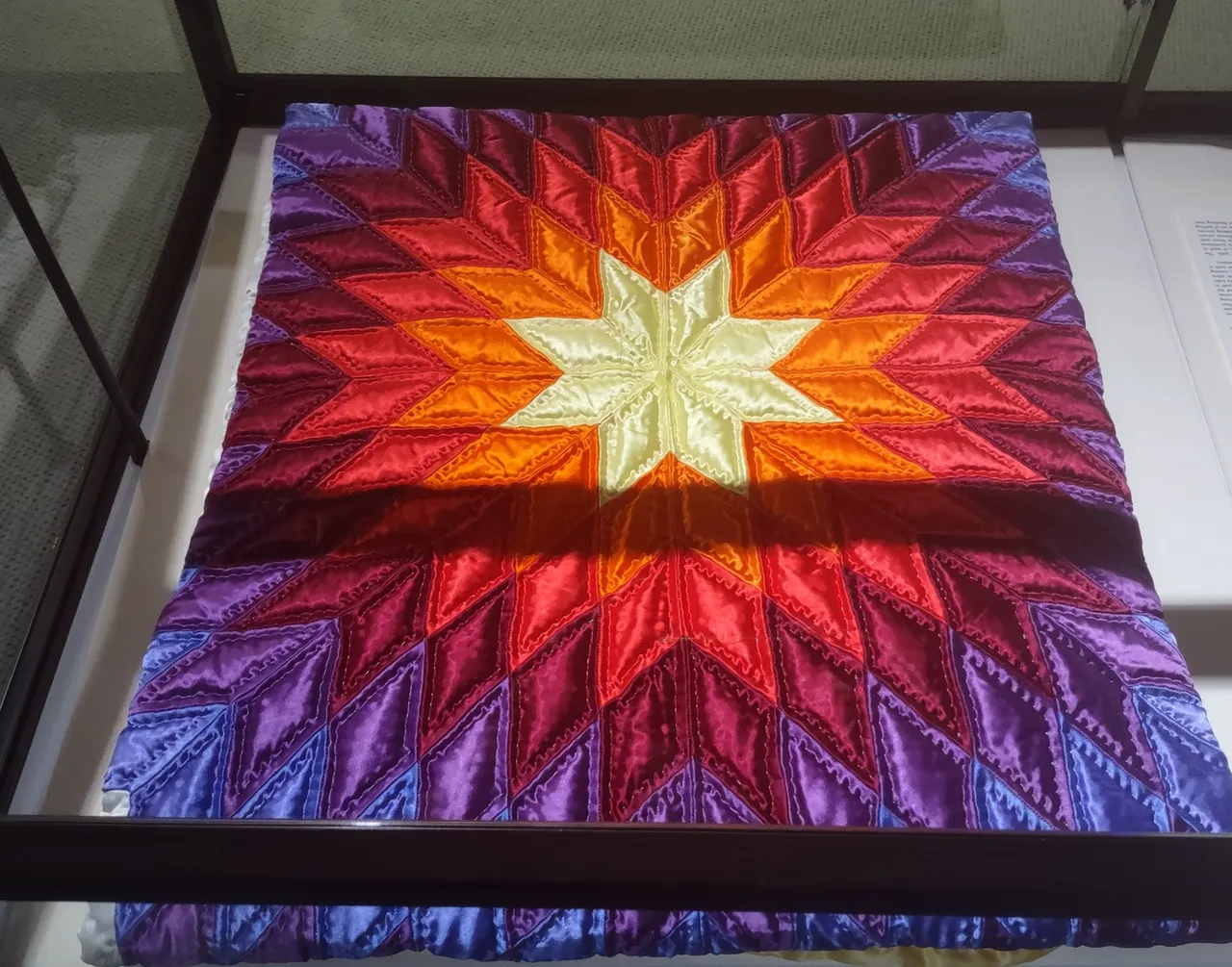
Well the Euro Americans brought quilting to the plains. The Native Americans learned and put their own twist to it. It was also a time where the great buffalo herds were all but extinct so quilts replaced the large buffalo robes.
The eight pointed Morning star quilt has a special meaning. Believed to separate the darkness of the night from the light of a new day. It is used in many ceremonies and traditions. This pattern is the most popular symbol used among Native American quilts. A lot of Lakota women know how to quilt as it has been passed down from past generations. They take great pride finishing their work to the point the are heirloom worthy.
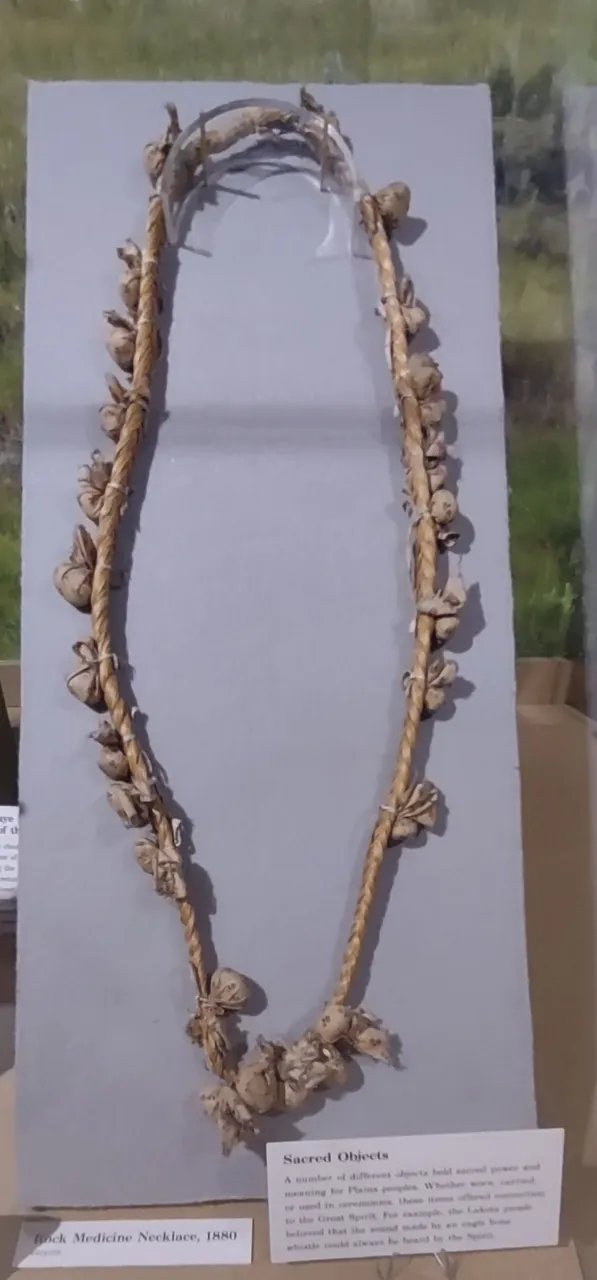
A Rock Medicine Necklace from around 1880. Wearing such a necklace held much more meaning than just decoration. Some objects such as those from the eagle were believed to be noticed from the Great Spirit.
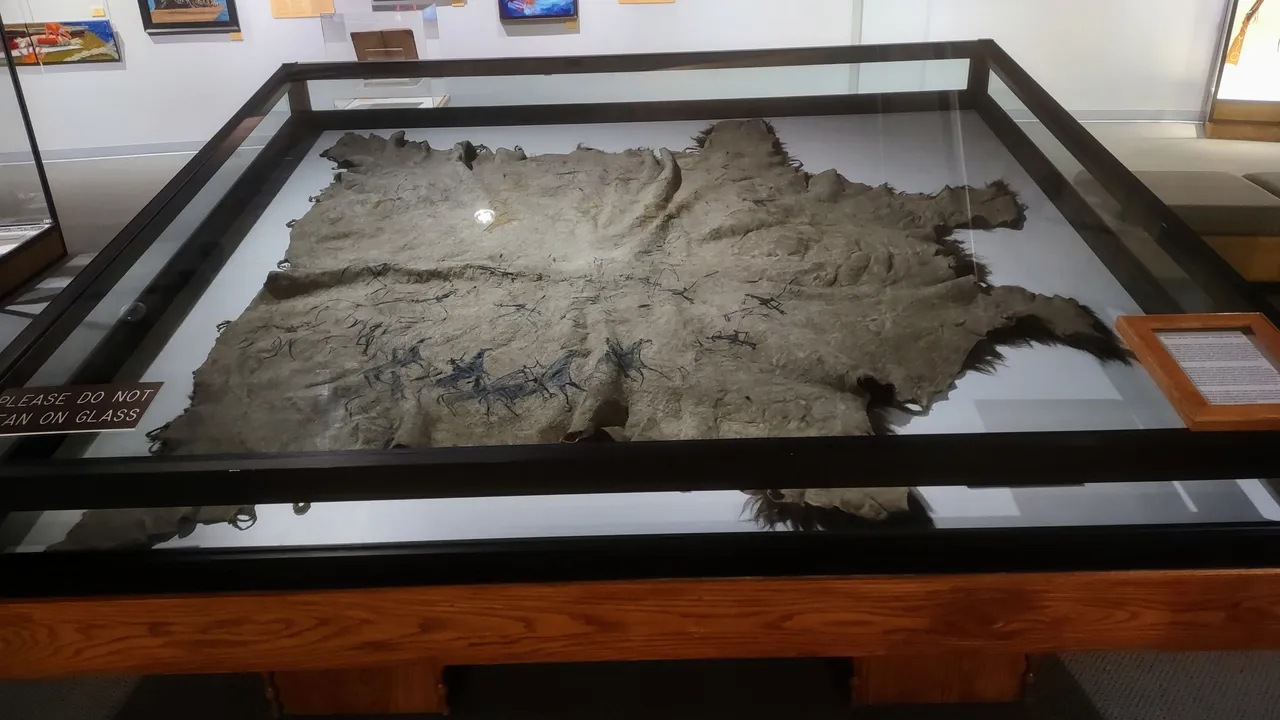
This Buffalo hide is of great significance. It's the Teton Sioux Pictographic Robe created abt 1868. If you look closely you will see many images on it. It tells the tail of an ambush on the U.S. Government Infantry of 8O men commanded by Capt Fetterman. The infantry was there to keep eye on Red Cloud. The Captain greedy for fame and glory pushed forward not knowing a trap was set up by Red Cloud and Crazy Horse (whose tribe joined forces). Once in sight the 80 men infantry was no match for the over 1000 warriors.
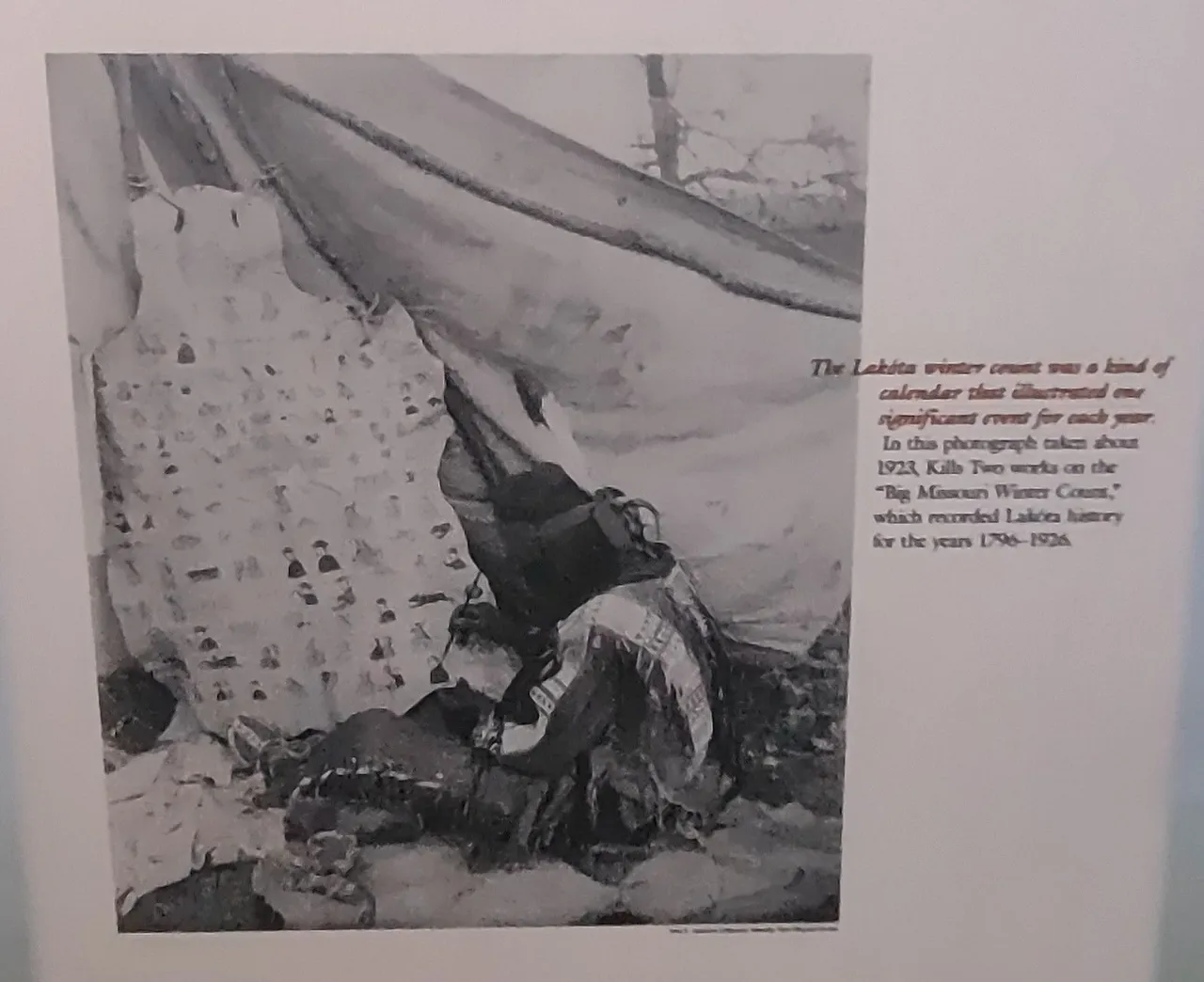
Pictured above is a Lakota member making historic accounts on an animal hide for the years 1796 to 1926. This picture was taken in 1923. I imagine many older versions of these were lost because of war.
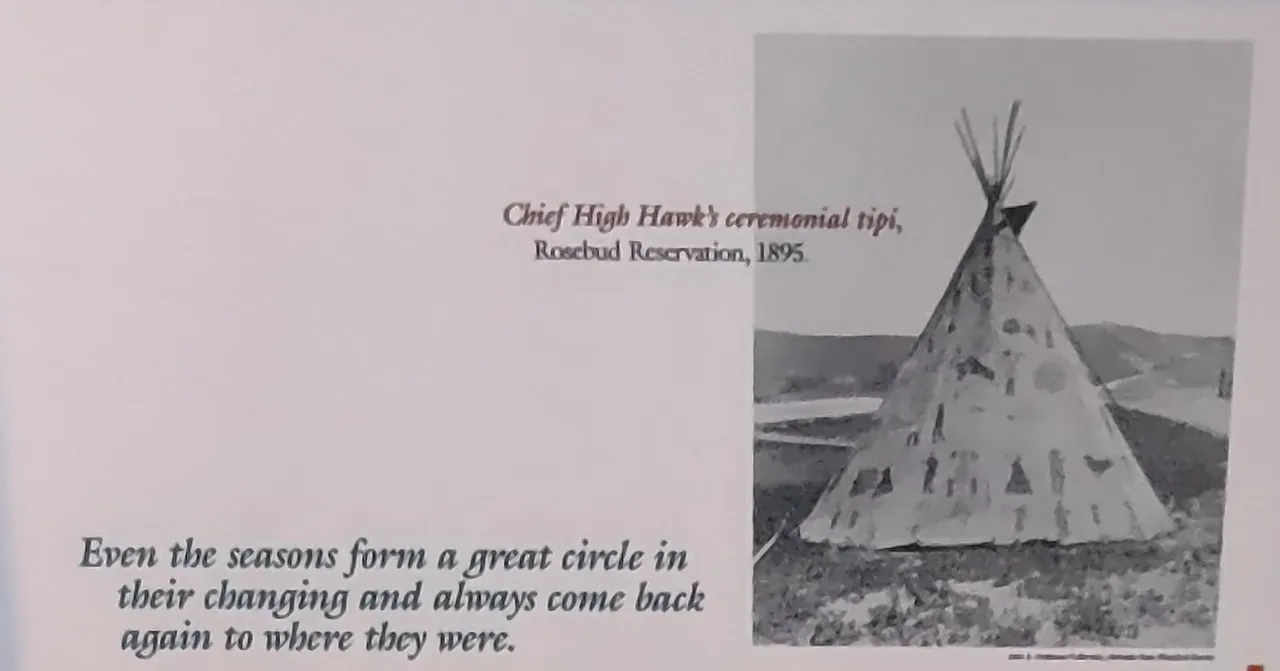
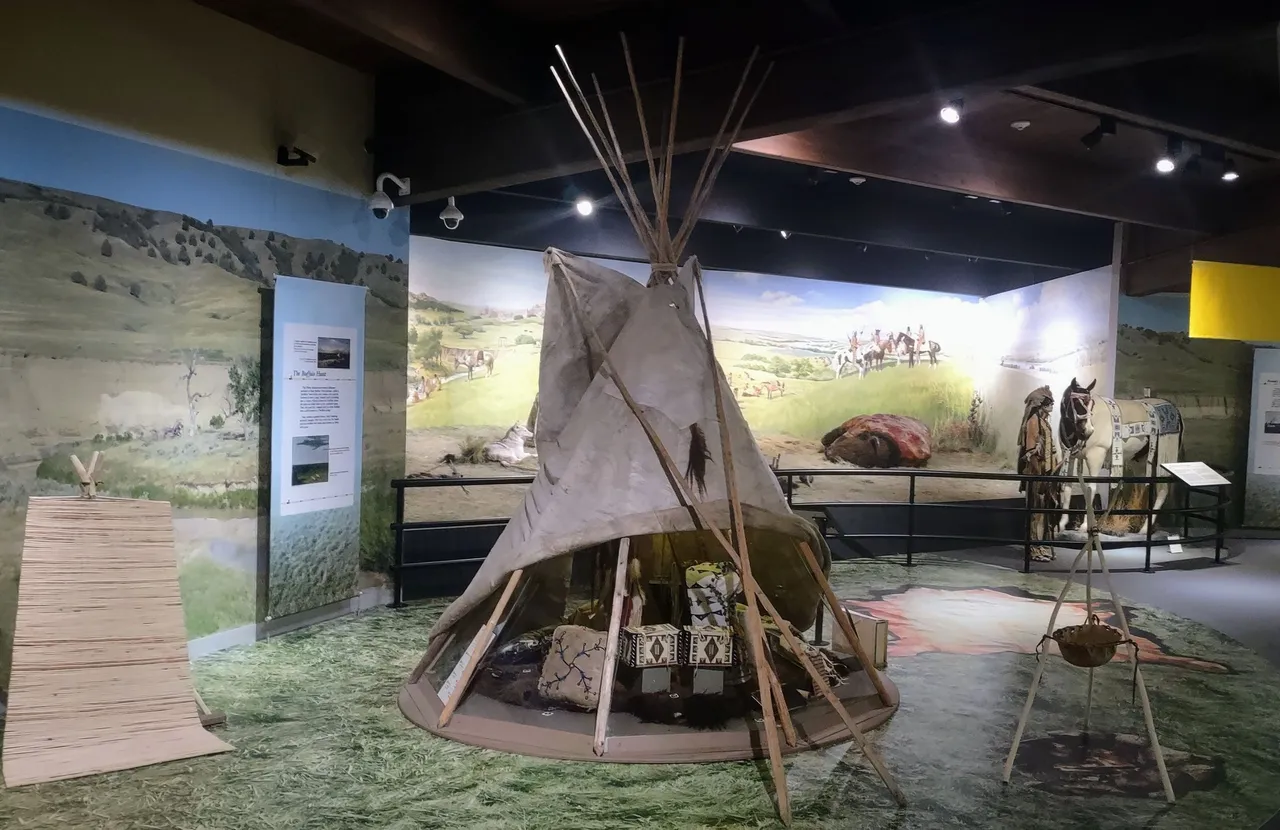
As everyone probably knows the Native Americans lived in tipis. What some may not know that many symbols were etched on the outside of them representing something of importance. The first photo is a ceremonial tipi taken in 1895 on a reservation. The other is a replica that's show what life may have been inside.
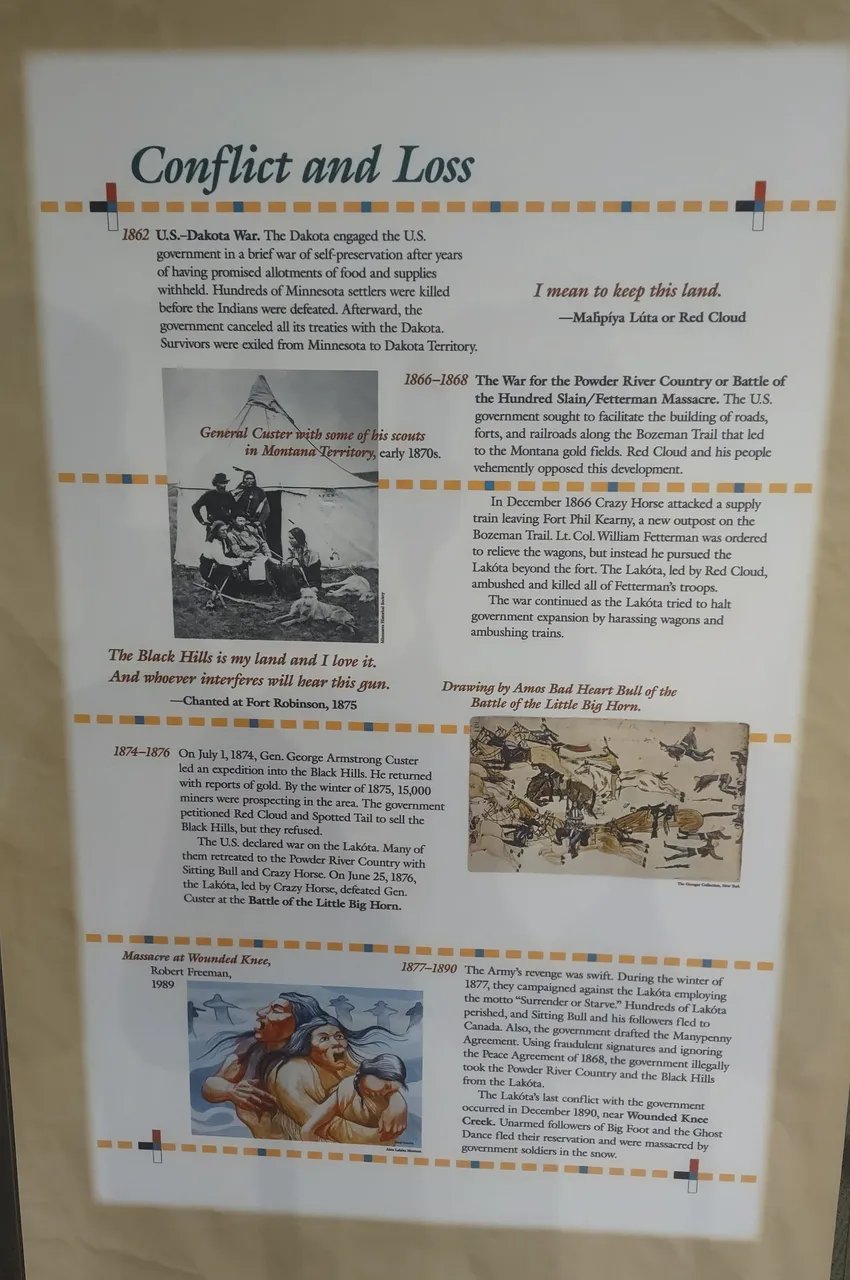
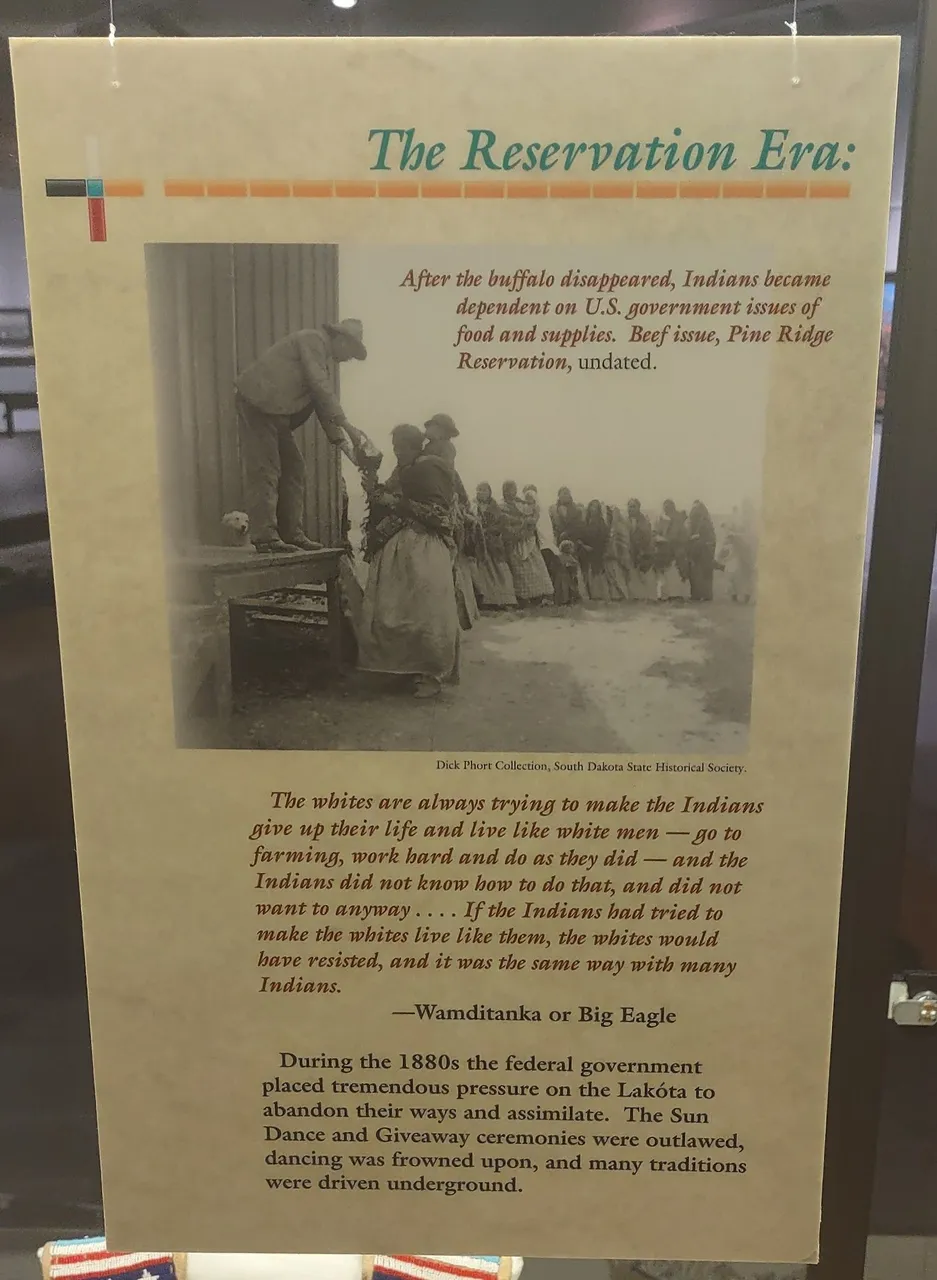
There were wins and losses on both sides. Horrific things happened like women and children not being spared.Ultmately the Battle of Wounded Knee (1890) was the battle that ended the wars between the Native Americans and the United States Government. Much changed for the Native Americans.
The reservation Era was very challenging for the Natives with the decling buffalo population. They had little choice but take government food and supplies. There way of life was challenged as well. The white people wanted the them to live like them. Many of their dances and ceremonies were outlawed. This led the Natives to do these underground by doing these at night.
It's really horrible if you think about everything. They lived on this land long before any settlers arrived. They had their horses taken away. There people were placed on reservations. There religion was forbidden and their language outlawed. I don't really blame the Natives for engaging in wars with the U.S. Government. If you were forced to move or do something against your will wouldn't you have a say or do something about it? I guess respecting another culture and having some humanity wasn't practiced so well back than.
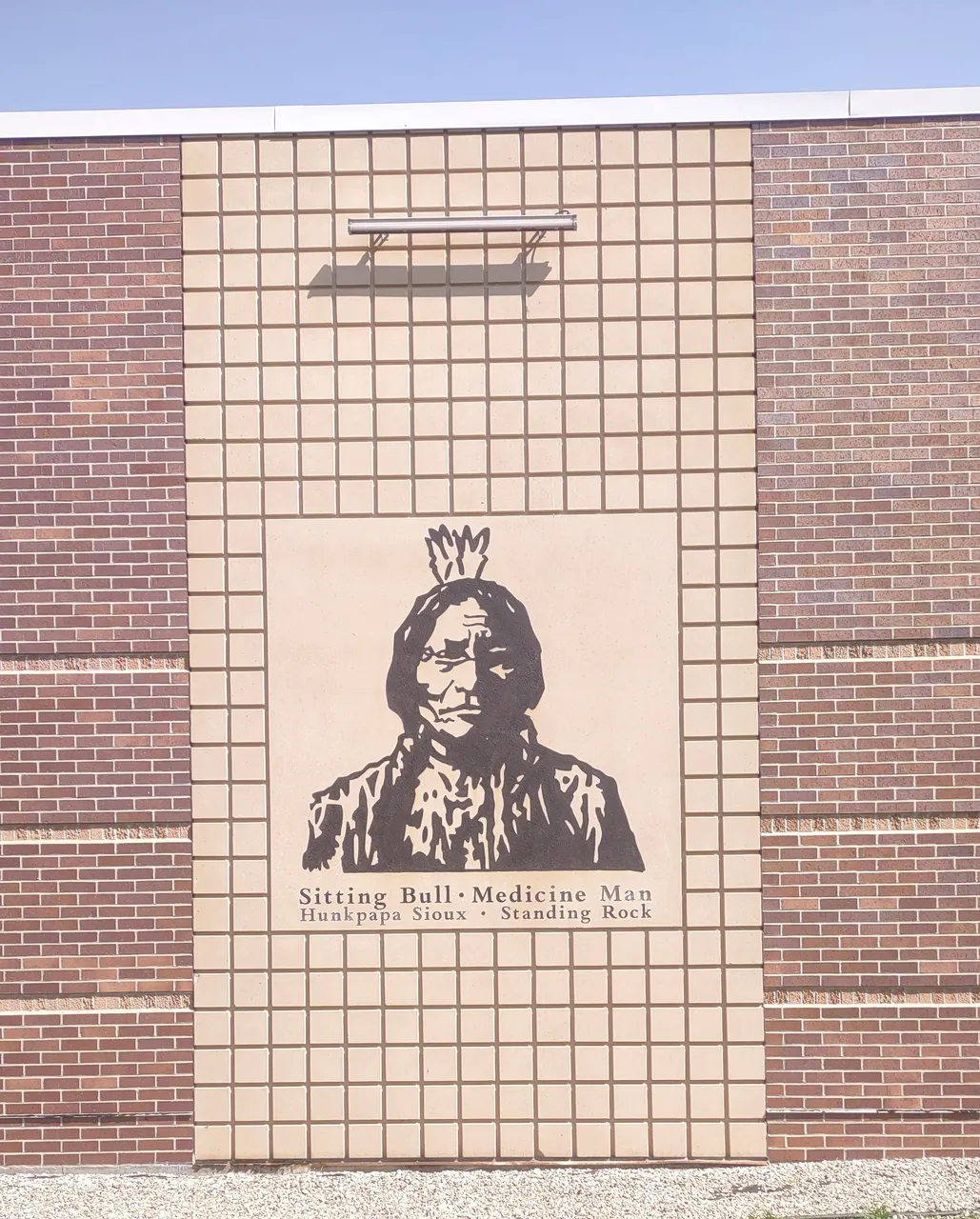
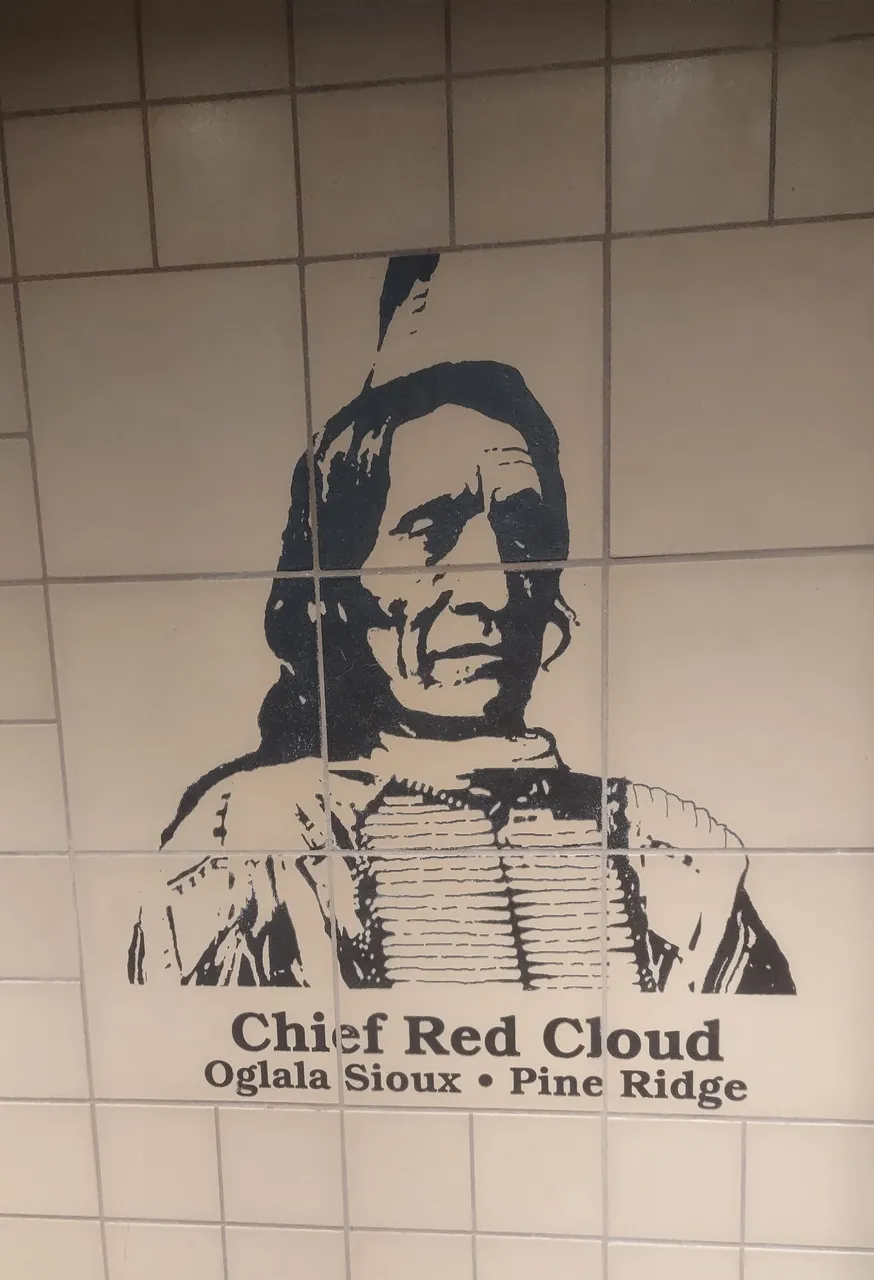
On the outside walls of the museum building were four leaders during the prairie days in the mid 1800s. I show you two of them, Chief Sitting Bull and Chief Red Cloud both Lakota leaders for different tribes. I will give you a brief thing or two about both of them.
Sitting Bull was born in 1831. He was a leader and Holy man of a Lakota tribe. Best known for his leadership in the victory at the Battle of Little Bighorn. I learned he participated with Buffalo Bill's Wild West Show. His untimely death came when Indian agents came to arrest him on 15 December, 1890 (Standing Rock Reservation) in fear he was going to participate in the Ghost Dance.
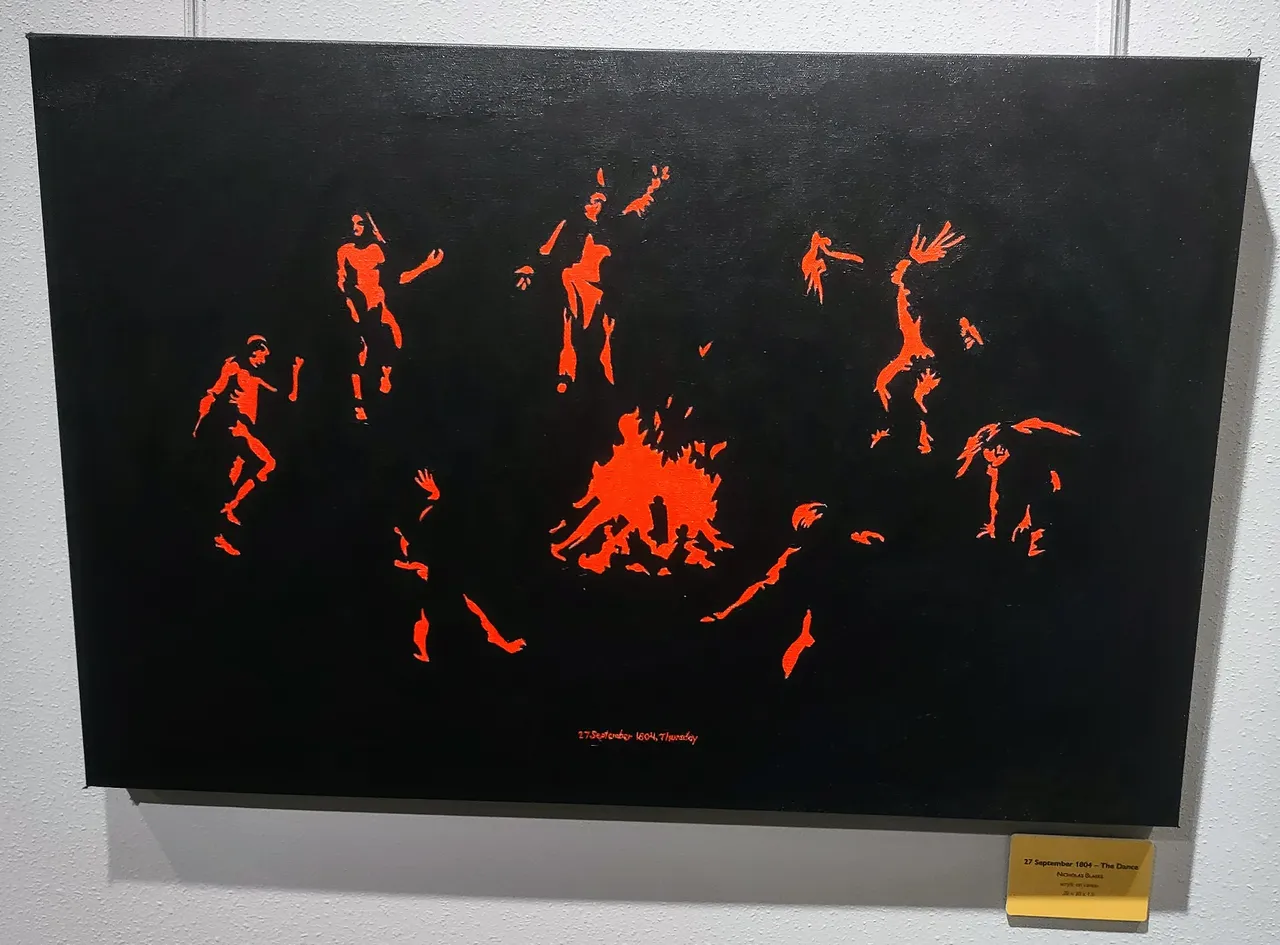
A little on the Ghost Dance. It was a new religion that reached the plains in the fall of 1890. The religion promised the white man would disappear and the buffalo and horse herds would return. Also the ghosts of their ancestors would return and the Earth would return to what it was. This brought on fear and that's why the government ordered for the arrest of Chief Sitting Bull.
Red Cloud was born in 1820. He was also a pivotal Lakota tribe leader. Best known for being the first Native American of the West to win a battle against the U.S. Government in 1866. Much of his time in 1870's & 80's were spent to better relationships with the government for his people. He even traveled to Washington, D.C. to meet with than President Grant. He lived a long life(1820-1909) and was one of the last Chiefs to survive the aftermath of the many conflicts with the government. Early in life he seen his people flourish off the land with millions of roaming buffalos. Later in life, he seen a great decline of his people and almost the extinction of the buffalo. He lived his final years on the Pine Ridge Reservation.
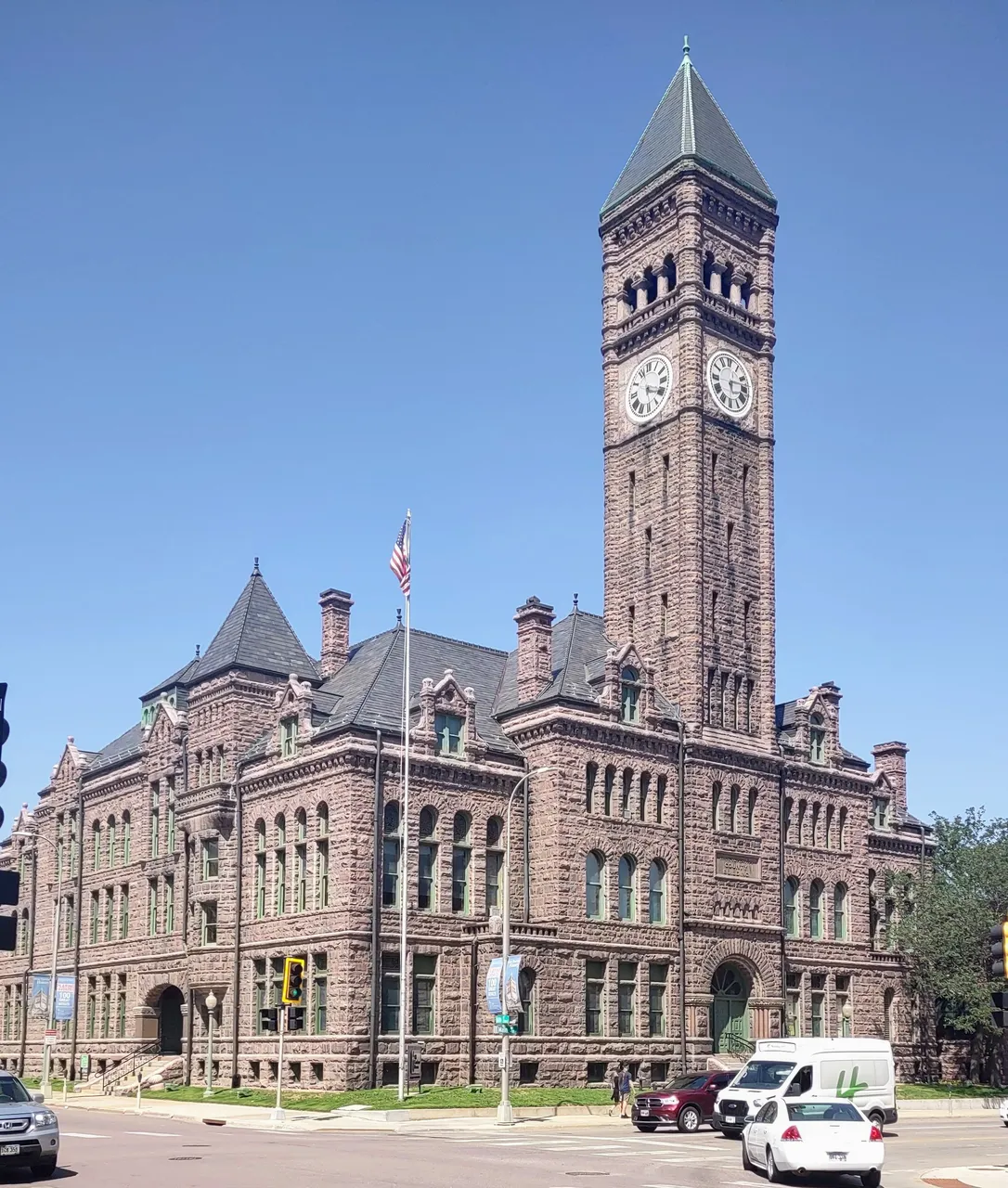
Let's talk about the two museums I visited and got the photos & information from for this two part blog. Above is the Old Courthouse Museum in Sioux Falls, SD. Many things to see here about the history of Sioux Falls. Not all Native American themed but a lot of artifacts and some of their culture explained.


The ATKA Lakota Museum is by far the best museum I have seen that show cased Native American culture in this region. I wasn't able to get good shots of it from the outside. Fortunately through free postcards I'm able to get you an awesome view of it. The museum is located on the St. Joseph Indian School campus in Chamberlain, SD right off the Missouri River.
There was a wealth of information I was able to take with me free of charge. This included the post cards, maps, diagrams, magazines, and even a book that contained some 8o pages on the Native culture. Also in the book is information on visiting reservations and a schedule of events that the general public can attend.
Many know the Indigenous Native American people were promised land claims amongst other things. The U.S. Government of the past broke many promises and treaties. The one promise they kept was taking their land!
Today many live in society as well in reservations. There are still some sour feeling even today on both sides. Do I blame the Native Americans for having them? Absolutely not, they were mistreated and it's very understandable. There culture and way of living today is restricted some to the reservations. The land they once had claim to are all but gone due to modern build up and tourism. I believe those that oppose and think they need to forget or believe they are just taking handouts need to get a better understanding on what happened to them for many many years.
I have visited some of these reservations in South Dakota years ago and I plan to visit them again along with ones I haven't been to. Thank you for coming along this far. It is much appreciated. Until next!!
